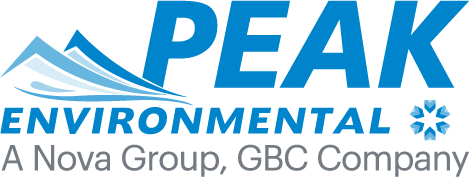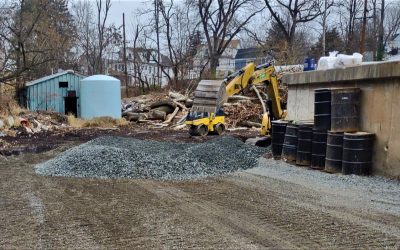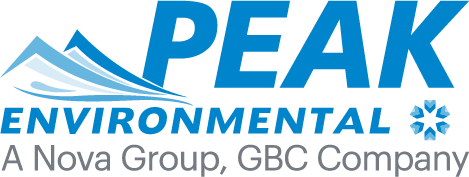Emerging Contaminants
Emerging Contaminants
Routine monitoring of water supply, air quality, and natural resources by state and federal government agencies, water supply utilities and others, as part of normal operations periodically identifies chemicals that are harmful to human health or the environment, but are not currently regulated. Therefore, these compounds, known as emerging contaminants, are not typically included in existing monitoring programs conducted by the regulated community. The result is adoption of regulations or directives to expand the data set on a large scale by requiring new or increased monitoring, investigation of receptors and points of exposure, and activities necessary to identify and remediate sources. The new requirements typically focus on commercial and industrial facilities with existing air and water discharge permits, water supply utilities, waste stream infrastructure, and properties that are already subject to site remediation regulations for other reasons.
While they may be necessary for the protection of human health and the environment, new directives for emerging contaminants are typically ahead of full dissemination of information regarding specific sources of the chemicals, appropriate methods to sample and analyze, and effective remediation technologies. Peak’s experienced due diligence and technical professionals keep current on information, regulations and technology to help our clients effectively navigate the emerging contaminant issue.
The latest emerging contaminant category is PFAS, a large group of organic compounds with properties favorable to product development or improvement, resulting in their common presence in consumer products and packaging from the 1940s through the 1990s. They entered the environment through standard waste management practices, such as landfilling and waste-water treatment discharges. They have been found at low concentrations in water supplies and environmental media around the world.
Regulations for the identification and remediation of PFAS are expanding quickly due to their widespread distribution, apparent persistence and mobility in the environment, their toxicity at low concentrations, and their reported ability to bio-accumulate and bio-magnify. Monitoring for PFAS is now required in many jurisdictions for public water supplies, air and water discharge permits, and site remediation projects to evaluate potential sources. Investigating soil, groundwater and surface water relative to PFAS and addressing them when found is now a prevalent task in environmental remediation projects. Many states are setting regulatory requirements and deadlines with limited or no details regarding how to develop, execute and comply.
Peak’s experienced due diligence and technical professionals conduct careful evaluations of a Site’s history and use to make a sampling determination regarding PFAS. These compounds are associated not just with non-stick coatings, water-proofing materials, or fire-fighting foams. PFAS have been used in the production of coatings for textiles, paper products, and cookware, and have a wide range of applications in the aerospace, photographic imaging, semiconductor, automotive, construction, electronics, and aviation industries. Facilities in the production of textile, paper, surfactant, resins, plastics, paint, semiconductor, and metal plating are associated with various forms of PFAS. Further, facilities involved in the production of consumer products, or just their presence on a Site, and waste facilities through which they passed could be subject to sampling. Based on this, a general description of a company’s products can be misleading, as individual facilities of a company typically associated with PFAS may not have PFAS connections. Further, actual inspection of an area that utilized these compounds is necessary to evaluate the potential for releases to the environment. Therefore, the details of a facility’s raw materials, process steps, end products and waste products are considered in the evaluation.
Projects
Redevelopment Project, Bergen County, NJ
Peak Environmental, A Nova Group, GBC Company was retained by a premier developer to support their acquisition and redevelopment of a 32-acre corporate campus in Bergen County, NJ that was recently vacated by a global automobile manufacturer. Peak performed...
Remediation Project, Bergen County, NJ
Peak Environmental (Peak) was retained by a property management company to provide LSRP services and manage environmental aspects of a 9.5 acre commercial and industrial property historically operated as a paper mill and clothing factory. The property is improved with...
Rapid Response, Diesel Release, Essex County, NJ
In late 2021, when approximately 500 gallons of diesel fuel were found on an unpaved surface at their municipal public works yard, the city contractor started removal of visibly impacted soil, NJDEP was notified, and Peak was called to provide LSRP services and manage...
Discuss Your Project
Contact
Peak Environmental, A Nova Group, GBC Company
732-326-1010
info@peak-environmental.com
26 Kennedy Blvd, Suite A
East Brunswick, NJ 08816
Industries
Legal
Real Estate
Financial
Insurance
Petroleum
Manufacturing
Materials
Construction
Education





